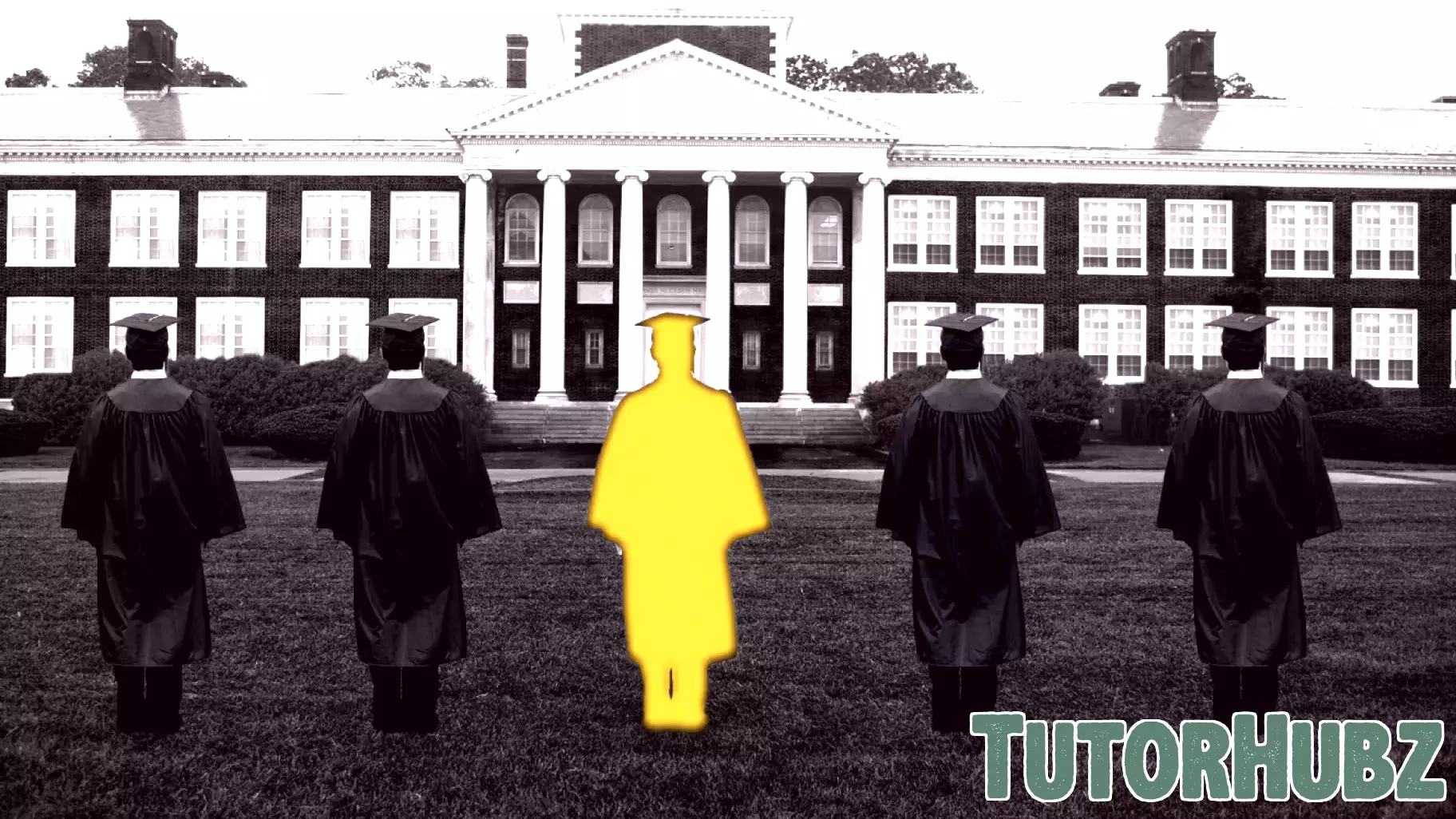The Impending Demographic Shift: Fewer College Students and Graduates Ahead
January 8, 2025 - 14:00

The long-anticipated decline in the population of 18-year-olds is now on the horizon, raising significant concerns not only for higher education institutions but also for the broader economic landscape. As birth rates have dropped over the past two decades, colleges and universities are bracing for a substantial decrease in enrollment numbers. This demographic cliff means that fewer young people will be pursuing higher education, which could lead to a notable decline in the number of graduates entering the workforce.
This trend poses a dual challenge: educational institutions may struggle to maintain financial stability as enrollment numbers dwindle, while industries reliant on a steady influx of educated workers face potential labor shortages. The implications are far-reaching, affecting everything from job markets to economic growth. As fewer students graduate, sectors that depend on skilled professionals may find it increasingly difficult to fill positions, potentially stunting innovation and productivity.
Addressing this looming crisis will require strategic planning and collaboration between educational institutions, policymakers, and businesses to ensure that the workforce remains robust and capable of meeting future demands.
MORE NEWS

December 28, 2025 - 03:38
Bridgeport Board of Education Delays Search for New SuperintendentThe Bridgeport Board of Education is currently not in the process of searching for a new superintendent, a decision that has raised questions within the community. The board chair emphasized the...

December 27, 2025 - 03:19
West Virginia's 2025 Highlights: Leadership Changes and Key IssuesCHARLESTON — As West Virginia moves further into the 21st century, the state government has undergone significant changes and faced numerous pressing issues throughout 2025. The year commenced...

December 26, 2025 - 21:20
Supporting Military-Affiliated Students in Higher EducationIn recent years, many colleges and universities have stepped up their efforts to support military-affiliated students, recognizing the unique challenges they face. These institutions are...

December 26, 2025 - 03:44
Key Education Developments of 2025Personnel changes and budget constraints emerged as significant challenges for schools in 2025. This year, educational institutions across the nation grappled with the impact of staffing decisions...